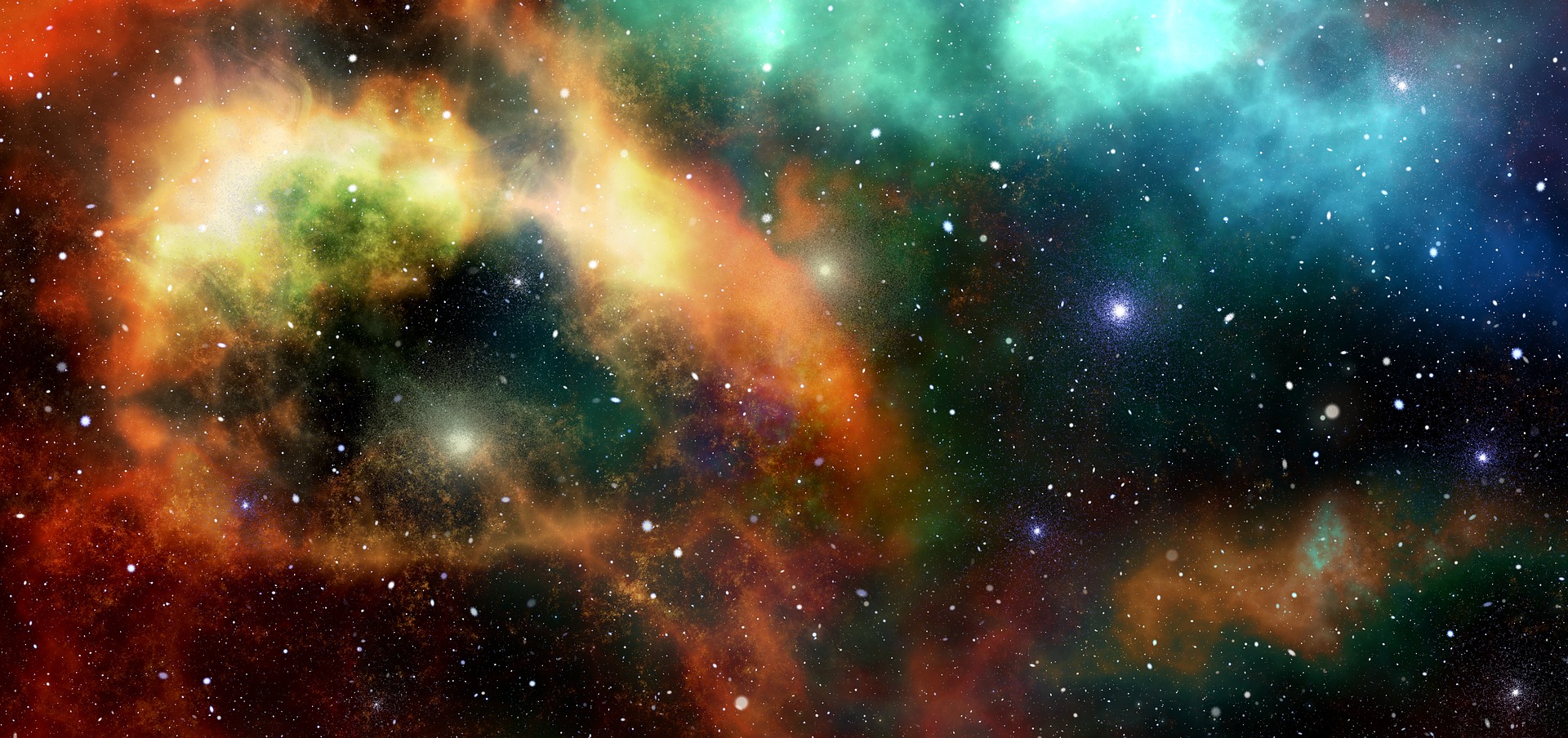
The US National Aeronautics and Space Administration (NASA) announced on 13 August that it had selected two proposals for a US$75 million mission to help scientists better understand the “fundamental nature of space and how it changes in response to planetary atmospheres, radiation from the Sun, and interstellar particles”.
Each of the proposals will receive US$400,000 in funding to conduct a nine-month long mission concept study as part of NASA’s heliophysics program aka the Heliophysics Science Mission of Opportunity.
Following the completion of these studies, NASA will choose one of the proposals to launch as a secondary payload on the agency’s Interstellar Mapping and Acceleration Probe (IMAP). According to NASA, the proposals were selected based on “potential science value and feasibility of development plans” and the whole mission is funded by NASA’s Solar Terrestrial Probes program.
IMAP currently is scheduled to launch in October 2024 to orbit a point between Earth and the Sun known as the first Lagrangian point (L1). From there, researchers expect it will help them to “better understand the interstellar boundary region, where particles from the Sun collide with material from the rest of the galaxy”.
This distant area controls the amount of harmful cosmic radiation entering the heliosphere, the magnetic bubble that shields the solar system from charged particles that surround it. Cosmic rays from the galaxy and beyond affect astronauts and can harm technological systems, and may play a role in the presence of life in the universe.
Under the Spatial/Spectral Imaging of Heliospheric Lyman Alpha (SIHLA) proposal, scientists want to map the entire sky to determine the shape and underlying mechanisms of the boundary between the heliosphere, the area of our Sun’s magnetic influence, and the interstellar medium, a boundary known as the heliopause.
The observations would gather far-ultraviolet light emitted from hydrogen atoms, which is key for examining many astrophysical phenomena, including planetary atmospheres and comets, because a large part of the universe is composed of hydrogen.
SIHLA will focus on mapping the velocity and distribution of the solar wind – the outpouring of particles from the Sun – helping to develop scientists’ understanding of what drives structure in the solar wind and heliopause.
The Global Lyman-alpha Imagers of the Dynamic Exosphere (GLIDE) mission would study variability in Earth’s exosphere – the uppermost region of its atmosphere – by tracking far ultraviolet light emitted from hydrogen.
The proposed mission would fill an existing measurement gap, as only a handful of such images previously have been made from outside the exosphere, NASA said. The mission would “gather observations at a high rate, with a view of the entire exosphere, ensuring a truly global and comprehensive set of data”.
Understanding the ways in which Earth’s exosphere changes in response to influences of the Sun above or the atmosphere below, would give scientists “better ways” to forecast and mitigate the ways in which space weather can interfere with radio communications in space.
“Launching missions together like this is a great way to ensure maximum science return while keeping costs low,” Peg Luce, deputy director of NASA’s Heliophysics Division, said in a statement.
“We carefully select new heliophysics spacecraft to complement the well-placed spacecraft NASA has in orbit to study this vast solar wind system – and our rideshare initiative increases our opportunities to send such key missions into space,” she added.


Leave a Reply